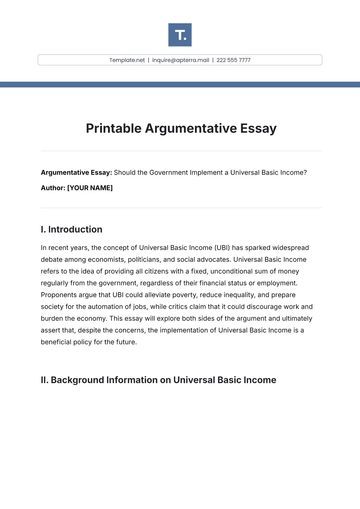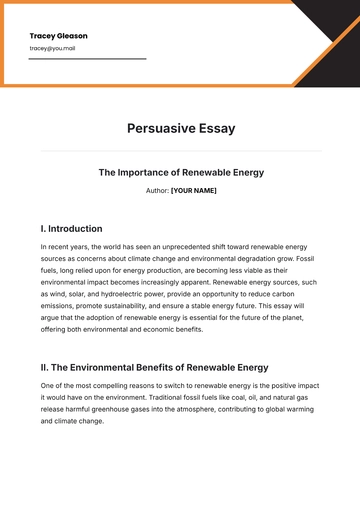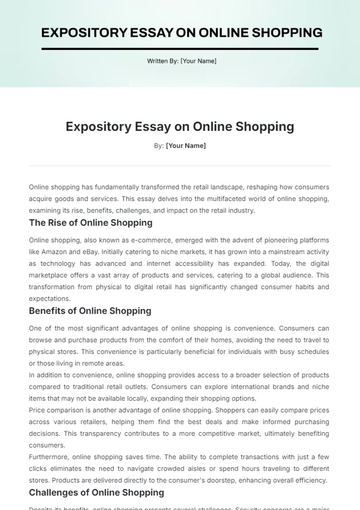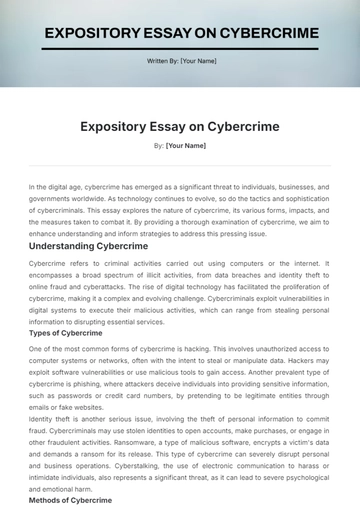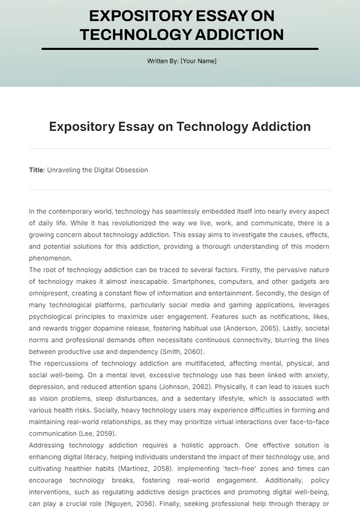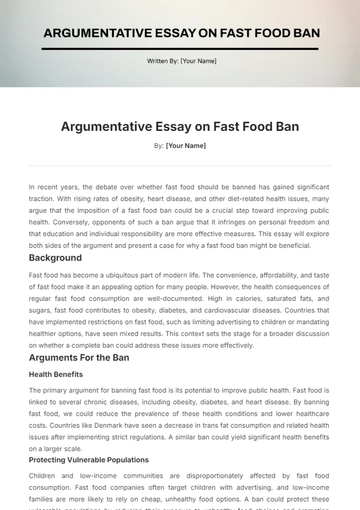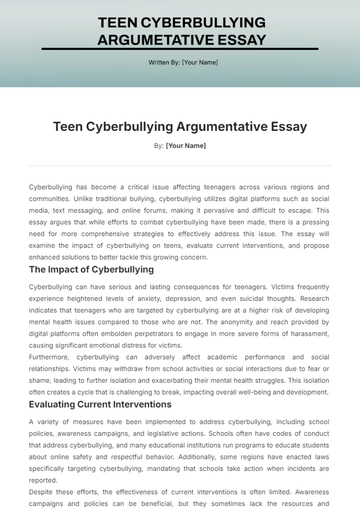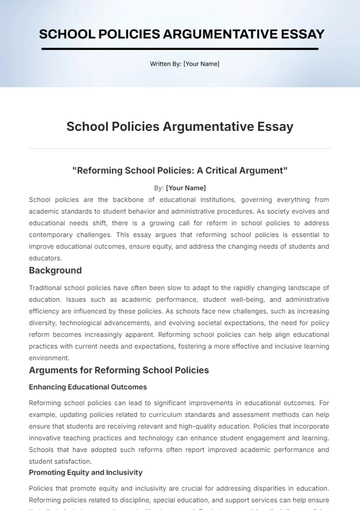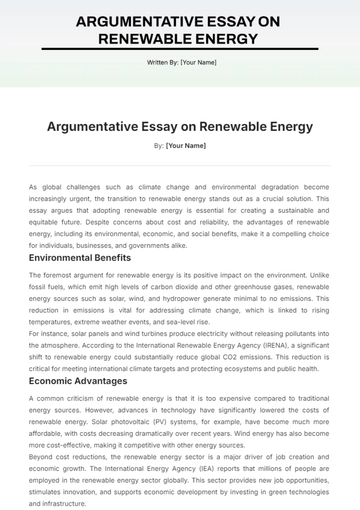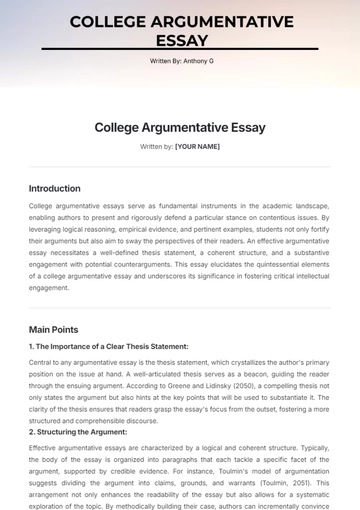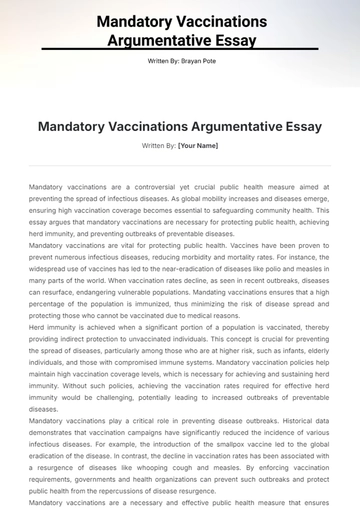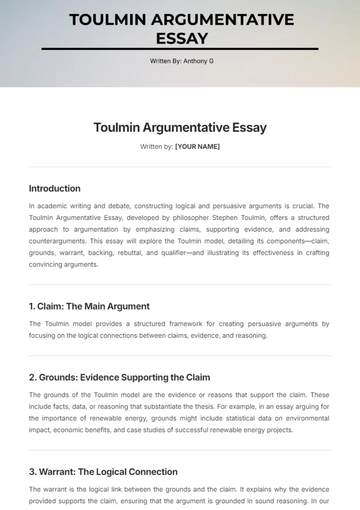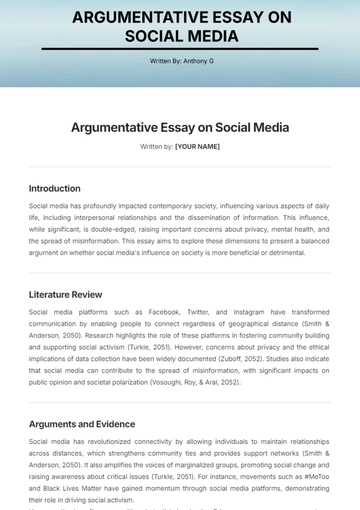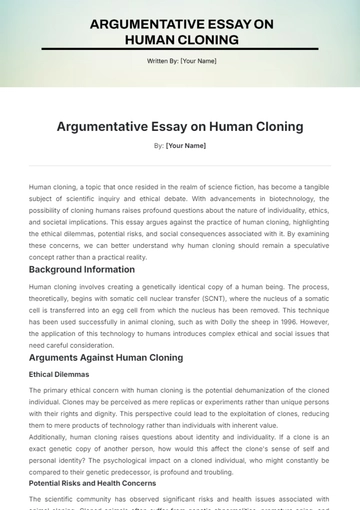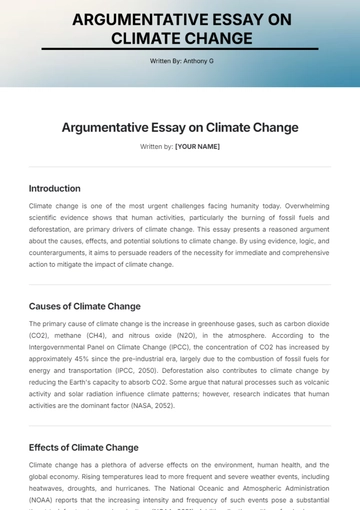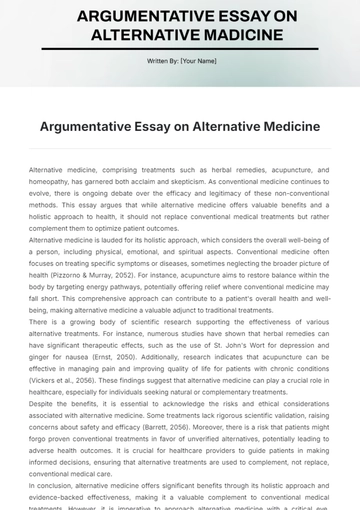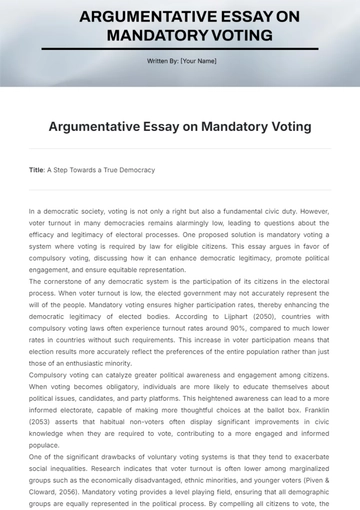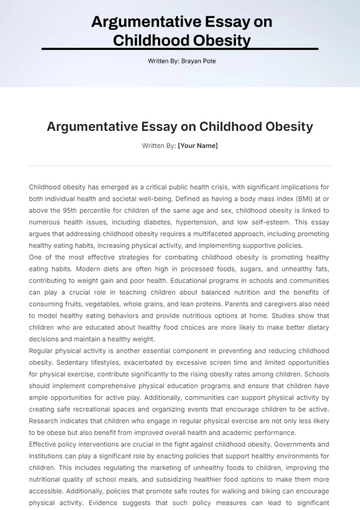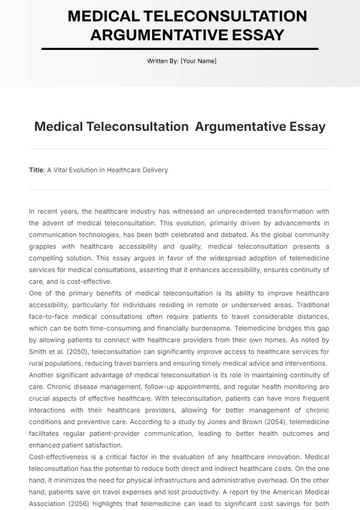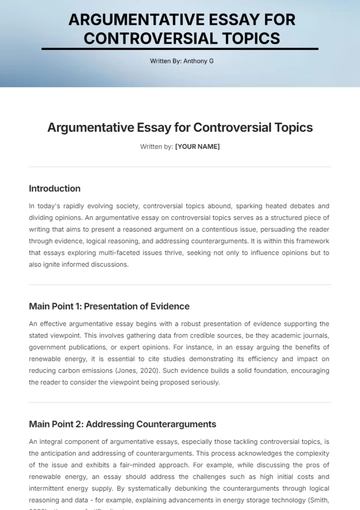Free Business Essay

By: [YOUR NAME]
In the age of rapid technological advancement, the landscape of work is undergoing profound transformation. From artificial intelligence to automation, technology is reshaping industries and redefining the nature of employment. In this essay, we delve into the intricate relationship between technology and the future of work, exploring its implications, challenges, and opportunities.
The digital era has ushered in an unprecedented era of innovation and efficiency. With the advent of artificial intelligence and machine learning, routine tasks that were once performed by humans are now being automated. This shift has led to increased productivity and cost savings for businesses across various sectors (Brynjolfsson & McAfee, 2014). Moreover, technology has enabled greater connectivity and collaboration, allowing teams to work seamlessly across geographical boundaries.
However, the rise of automation has also sparked concerns about job displacement and inequality. As machines become increasingly capable of performing complex tasks, the demand for certain types of jobs is expected to decline (Frey & Osborne, 2017). This trend is particularly evident in industries such as manufacturing and retail, where robots and algorithms are gradually replacing human workers. Consequently, there is a growing urgency to re-skill and up-skill the workforce to ensure that individuals are equipped with the necessary competencies to thrive in the digital economy.
Moreover, the advent of technology has given rise to new forms of employment and entrepreneurship. The gig economy, characterized by short-term contracts and freelance work, has gained traction in recent years, fueled by platforms such as Uber, Airbnb, and TaskRabbit (Katz & Krueger, 2019). These platforms have democratized access to employment opportunities, allowing individuals to monetize their skills and services on a flexible basis. However, the gig economy also raises concerns about job security and benefits, as many workers lack access to traditional employment benefits such as health insurance and retirement plans.
Furthermore, technology has the potential to exacerbate existing inequalities in the labor market. As automation replaces low-skilled jobs, there is a risk of widening income disparities between those who possess the requisite technical skills and those who do not. Additionally, biases embedded in algorithms and AI systems can perpetuate discrimination and reinforce existing power dynamics (Autor, 2015). Therefore, it is imperative to develop ethical frameworks and regulatory mechanisms to ensure that technology is deployed in a fair and equitable manner.
In conclusion, technology is a double-edged sword that has the power to both disrupt and enhance the future of work. While automation promises greater efficiency and innovation, it also poses challenges in terms of job displacement and inequality. To navigate this complex landscape, stakeholders must collaborate to develop inclusive policies and initiatives that harness the potential of technology while mitigating its adverse effects. By embracing lifelong learning and fostering a culture of innovation, we can build a future where technology serves as a catalyst for positive change in the world of work.
References:
Brynjolfsson, E., & McAfee, A. (2014). The second machine age: Work, progress, and prosperity in a time of brilliant technologies. W. W. Norton & Company.
Frey, C. B., & Osborne, M. A. (2017). The future of employment: How susceptible are jobs to computerisation?. Technological Forecasting and Social Change, 114, 254-280.
Katz, L. F., & Krueger, A. B. (2019). The rise and nature of alternative work arrangements in the United States, 1995-2015. ILR Review, 72(2), 382-416.
Autor, D. H. (2015). Why are there still so many jobs? The history and future of workplace automation. Journal of Economic Perspectives, 29(3), 3-30.
- 100% Customizable, free editor
- Access 1 Million+ Templates, photo’s & graphics
- Download or share as a template
- Click and replace photos, graphics, text, backgrounds
- Resize, crop, AI write & more
- Access advanced editor

